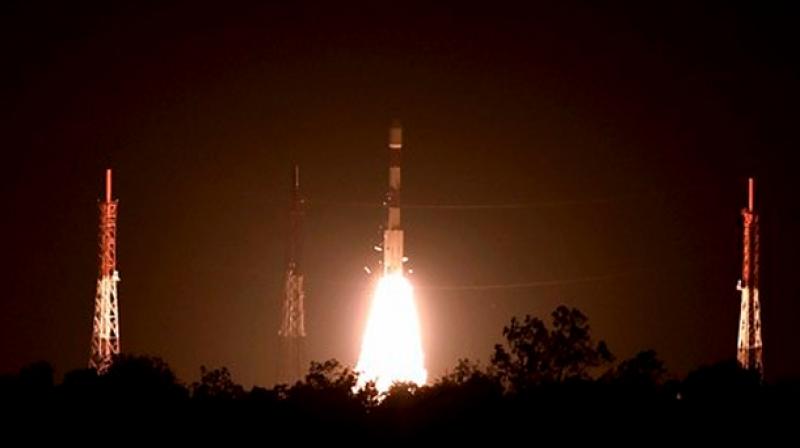Risat-1 satellite is functioning normally, says Isro
An Isro official said there was some anomaly which had been rectified, and the satellite was functioning normally.

Nellore: The US space agency Nasa has reported that India’s earth observation satellite Risat-1 had experienced a “fragmentation event” in September last year, when pieces appeared to have broken off. The report, in Nasa’s quarterly magazine Orbital Debris, said the cause was not known. An Isro official said there was some anomaly which had been rectified, and the satellite was functioning normally.
Risat-1 (Radar Imaging Satellite) was launched on April 26, 2012, on board a PSLV rocket. It had been in space for 4.4 years when the incident reported by Nasa occurred. The magazine said Risat-1 experienced the fragmentation event between 0200 and 0600 GMT (7.30 am and 11.30 am IST). Over 12 fragments were observed by the Space Surveillance Network of the US, it said. By November 8, only one piece, designated SSN 41797, had entered the catalog, having decayed — from orbit on October 12, 2016. The other pieces had decayed — moved away from the satellite — as well. Eventually, space debris in the near earth orbit tends to enter the earth’s atmosphere and burn up.
The magazine said the event was categorised as an “anomalous separation of multiple high area-to-mass ratio debris”. Events like this are sometimes referred to as a shedding event. Nasa’s Space Debris Programme continuously tracks 17,000 space objects and maintains record of all space debris — non-functional objects in space — as well as operational satellites.
When contacted for clarification, Isro spokesperson Deviprasad Karnik said the satellite was functioning normally. He said Isro scientists had corrected some anomaly which had nothing to do with what was reported in the Nasa magazine. Operating in the microwave frequency, Risat-1 carries a first of its kind synthetic aperture payload. The camera which enables imaging of the surface features during both the day and night under all weather conditions. The satellite can be used for management of natural disasters like flood and cyclones, monitoring crop especially paddy in the Kharif season, generic vegetation, forestry, soil moisture, geology, and sea ice.

